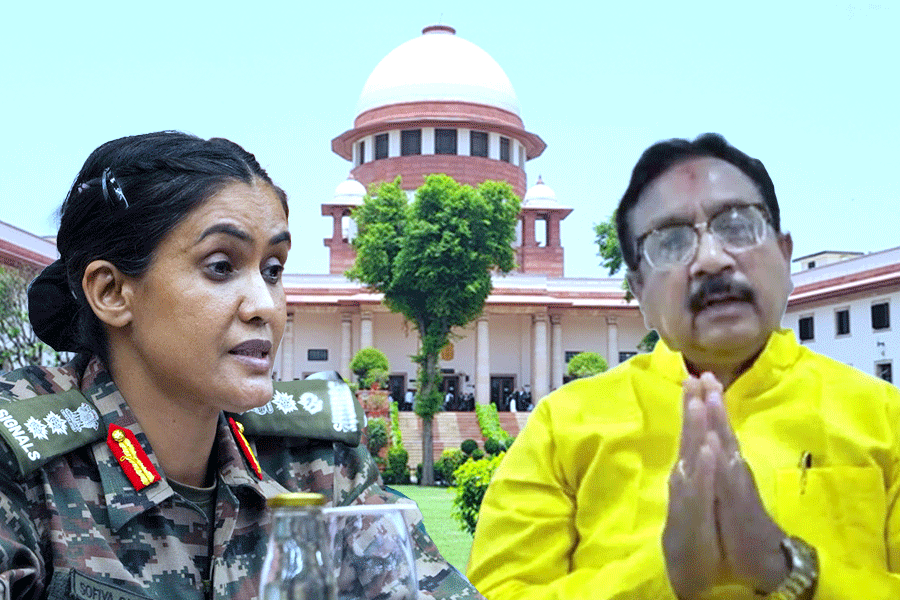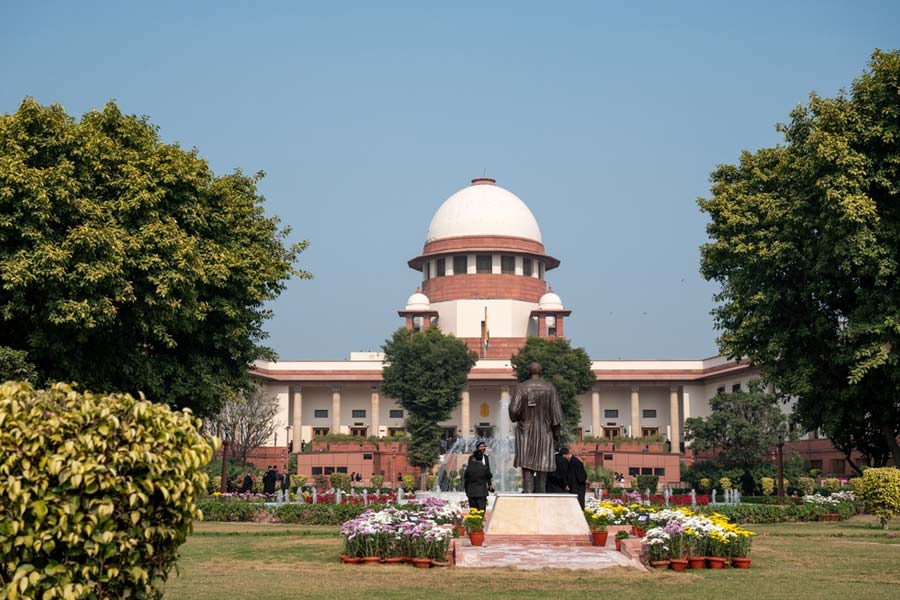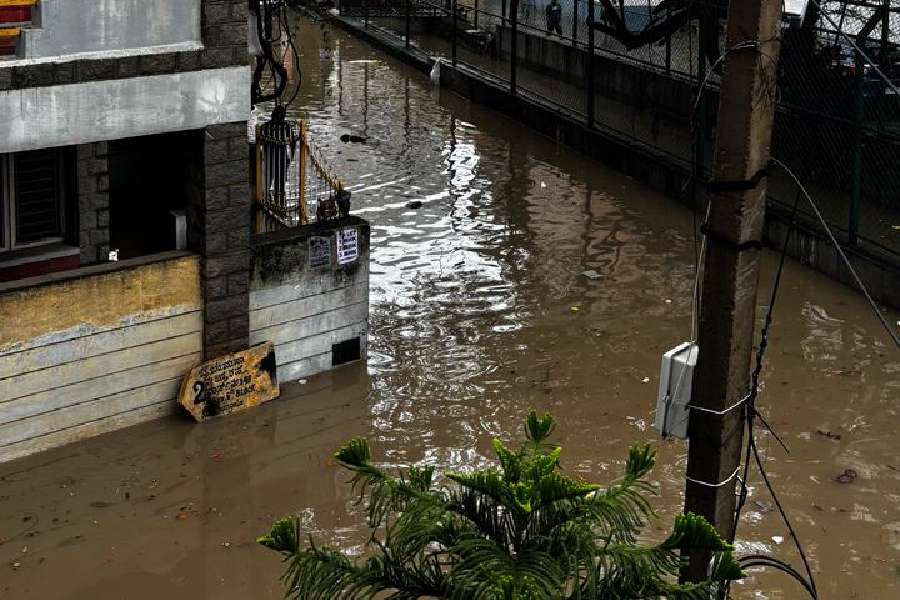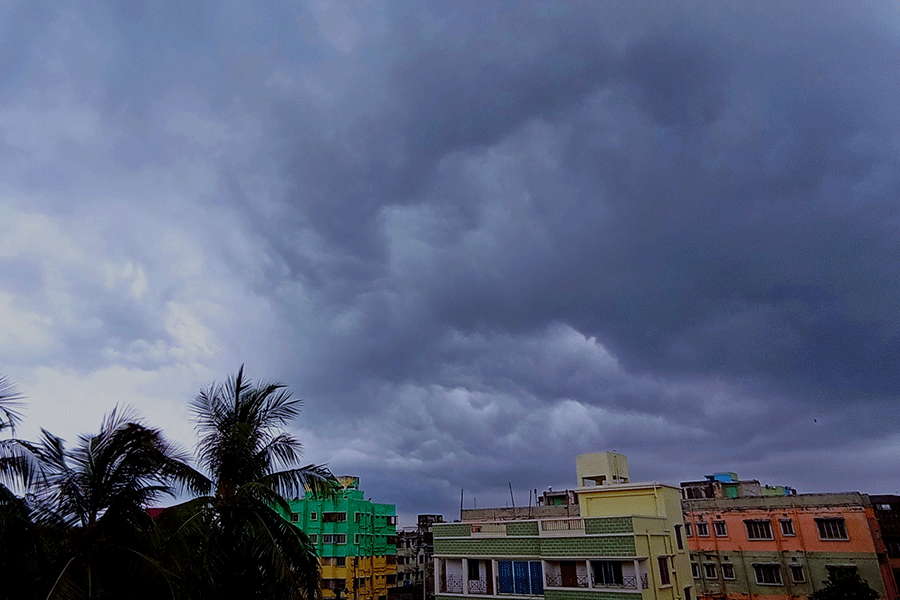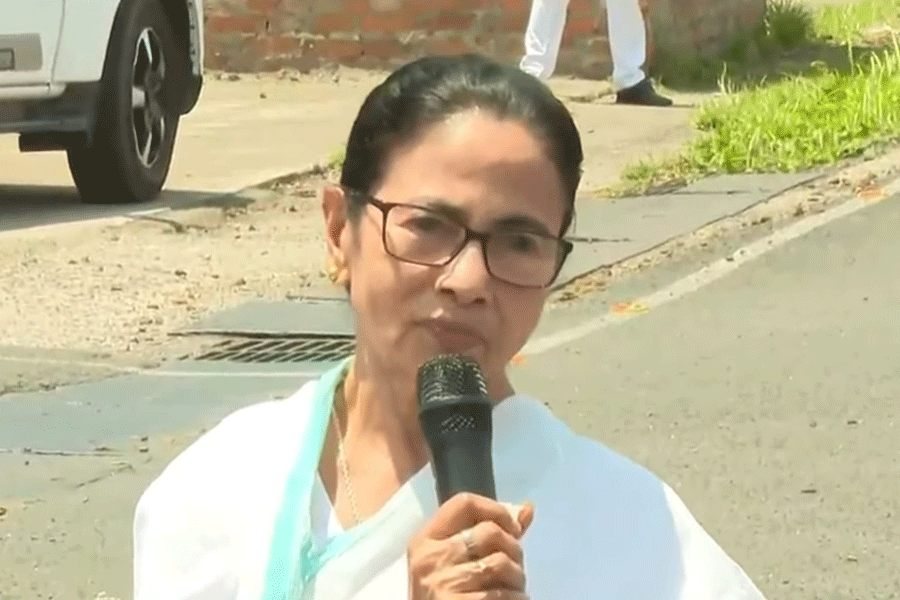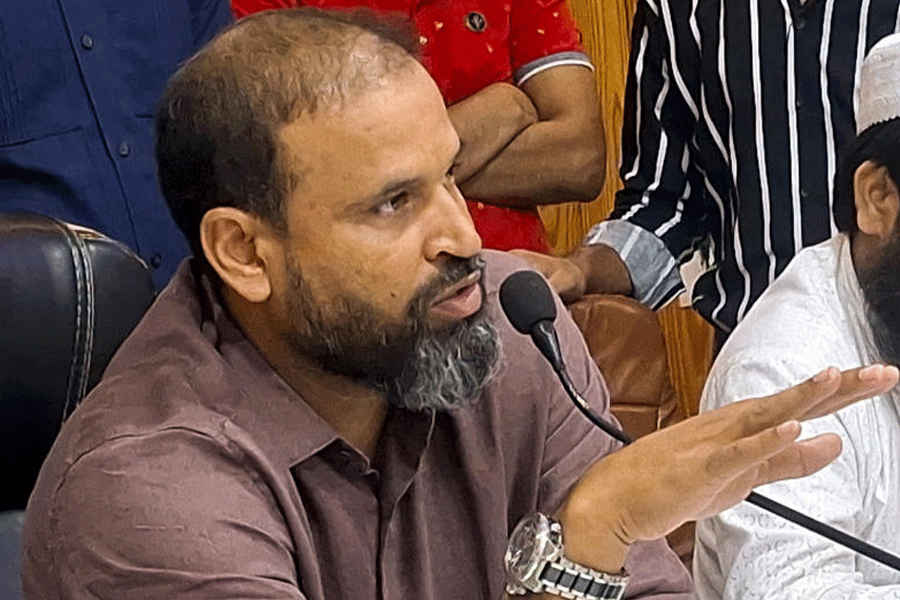
Godda, May 17: Like all men, all rivers are not equal. Some are born to be treated as drains, the Kajhia river originating from Sunderpahari block in Godda district being one among them.
Though the river meets India's holiest river Ganga at Rajmahal in Sahebganj district after touring parts of Bihar, it is not a beneficiary of either the Centre's ambitious Namami Gange project or any state government proposal to clean up water bodies.
According to the state water resources department, cleaning up this tributary that joins the Ganga is not part of the Namami Gange project, the planners missing the obvious irony.
Also, the Unified Bihar's ambitious Kajhia medium irrigation project, which was started and completed during the Fifth Five Year Plan period (1974-79), is also no more visible on the ground. According to official records, its ultimate irrigation potential was 35,000 hectares.
Today, illegal sand mining is routine business near the river. Also, intrepid coal smugglers from Lalmatia colliery in Godda have smoothed the riverbed and even shallow parts of the river with earth and sand to create shortcuts for their motorcycles, bicycles and tractors. "Neither police nor colliery officials venture into this area during daytime. This river is coal smugglers safest shortcut to far off destinations," said a youth in Chakeshwari village, about 5km from Godda district headquarters, unwilling to be named.
A fellow villager, who identified himself as Jaipal Mishra, said during the flagship Yojana Banao Abhiyan, where people were invited to put development proposals to be included in the state budget, they had suggested construction of check dams at various points of Kajhia and toilets in villages based along its banks to check open defecation near the river, much like the Namami Gange project of which nearby Sahebganj district is Jharkhand's only beneficiary.
"But, nothing fructified for Kajhia," Mishra said. "People in this area use this river for everything possible, ranging from taking water for drinking and other household needs to washing clothes to throwing ash after cremation of bodies to dumping cattle carcasses," he said.
When asked why the river was ignored, state water resources department's chief engineer, Deoghar division, Hemant Kumar, under whose jurisdiction it falls, said expressions of interest had been invited from potential bidders to carry out surveys. "Thereafter, action plans would be worked out to make the best use of the water body in public interest," he said.
But, another top ranking official of the same department contradicted Kumar's claim. "As of now there is nothing on the cards to bail out Kajhia and other rivers joining Ganga. We can't prevent people from throwing waste materials in rivers or their beds without creating viable alternatives. But, these are jobs of urban development and drinking water and sanitation departments. Under Namami Gange project, nothing has been planned for this river that joins the Ganga," he said.
State water resources minister Chandra Prakash Choudhary, who heads the drinking water and sanitation department, however, said he would soon approach the Centre on the issue.
"Things (on water conservation and irrigation) have been in a shambles since unified Bihar days. Nowadays, uncertainty looms large over the fate of most state irrigation projects following changes in the Centre's funding pattern," he said.
"Frankly, I have just come to know (from The Telegraph) that a medium irrigation project once existed in Godda, but I had already asked officials to submit the detailed reports on revival of old irrigation projects. So far as toilet construction is concerned, I have already asked officials to give special attention to villages existing along rivers," minister Choudhary added.
Urban development minister C.P. Singh could not be contacted. Senior officials of his department also evaded comments, saying they would first need to verify the current status of projects proposed for Godda.


